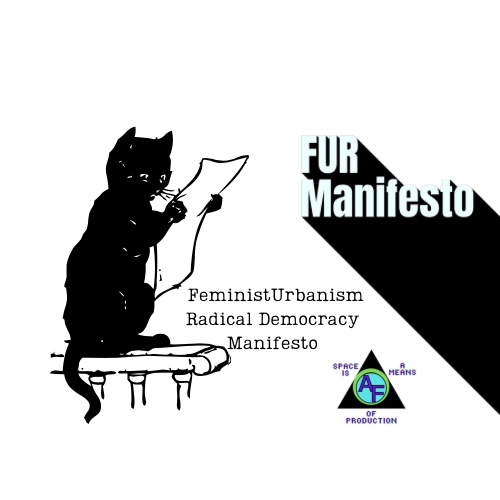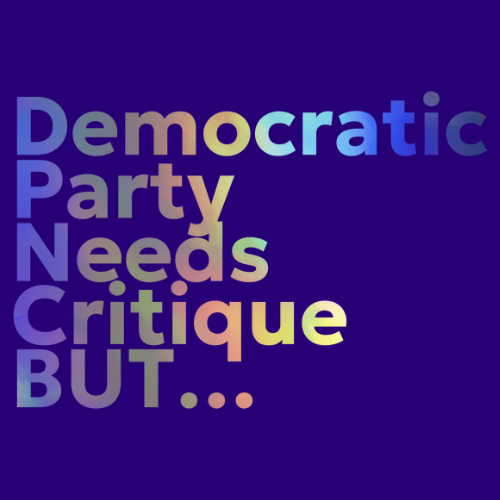We can’t rebuild—the same way

As a fifth-generation Angeleno watching my city burn was painful. The city is making an excellent effort handling this ongoing crisis, but as a region going forward we must do better. Los Angeles and its surrounding cities and counties, must begin to operate from a functional region rather than political boundaries.
The area’s prior inadequate response to climate challenges has driven many, including myself, to seek refuge elsewhere - in my case, New Jersey. My house in New Jersey is above the ocean rise water line and a two minute walk from transit that takes me to Manhattan in 20 minutes, I know that for now, I’m safe. I want that safety for Los Angeles.
The pattern of destruction we continue to witness in Los Angeles stems from decades of short-sighted urban planning, land policy, and development decisions.
The relationship between social inequity and climate vulnerability in Los Angeles creates a vicious cycle that no amount of financial investment in the right material to build can break. The city's development patterns have created distinct zones of risk and privilege that amplify these challenges.
Urban geographers define exurbs as peripheral settlements beyond traditional suburbs, marking the outer edges of metropolitan regions. While often associated with affluence, these areas present a more complex socioeconomic reality.
Los Angeles's exurban landscape tells a tale of two populations: wealthy homeowners seeking spacious beautiful properties and marginalized communities pushed to the metropolitan fringe. While affluent residents historically dominated these areas, demographic shifts show an increasing presence of socially vulnerable populations.
These exurban communities share common characteristics that heighten their climate vulnerability: car dependency, minimal public transportation access, and elevated exposure to extreme weather events. The infrastructure deficit in these areas compounds their environmental risks.
The San Gabriel Mountains present a stark example of this vulnerability. The region's fire history demonstrates a clear pattern - rebuilding wooden structures in these fire-prone zones simply sets the stage for future disasters. The temporal pattern of fires, rather than their intensity, reveals this cyclical destruction.
Pacific Palisades exemplifies this recurring nightmare. The area's fire history reads like a predictable script: 1939 saw the lower region ablaze, 1949 brought flames to the upper section, and 1960 witnessed another conflagration in the higher elevations. Each event marks another chapter in an ongoing cycle of destruction and rebuilding.
These fires' regularity transcends their immediate causes. Whether sparked by children's matches or natural phenomena, the underlying conditions create perfect conditions for devastating blazes. The trigger matters less than the tinderbox environment we've created.
While alternative building materials exist, Governor Newsom's recent rollback of environmental regulations to accelerate reconstruction threatens to perpetuate this dangerous cycle. This policy shift prioritizes speed over safety, potentially setting the stage for future disasters.
A more sustainable approach demands fundamental changes in land use and development patterns. Areas adjacent to wildlands should transition to protected land trusts, while new development should concentrate in already-developed zones through mid-rise, fire-resistant residential buildings. These 8-to-12-story structures would provide safer, denser housing options while preserving access to natural areas through innovative transportation solutions like aerial tramways.
The worst possible response would be reconstructing low-density, cul-de-sac neighborhoods in fire-prone areas. Such development not only endangers residents but also takes away the resources for funding viable climate crisis solutions to instead spend on disaster recovery costs for a small demographic spread out over an expansive and varied landscape. The best-case scenario gives these developments 40 years before the next disaster; the worst-case predicts destruction within a decade. Los Angeles must break this cycle of rebuilding in harm's way and embrace development patterns that acknowledge climate realities while protecting both residents and natural resources.





